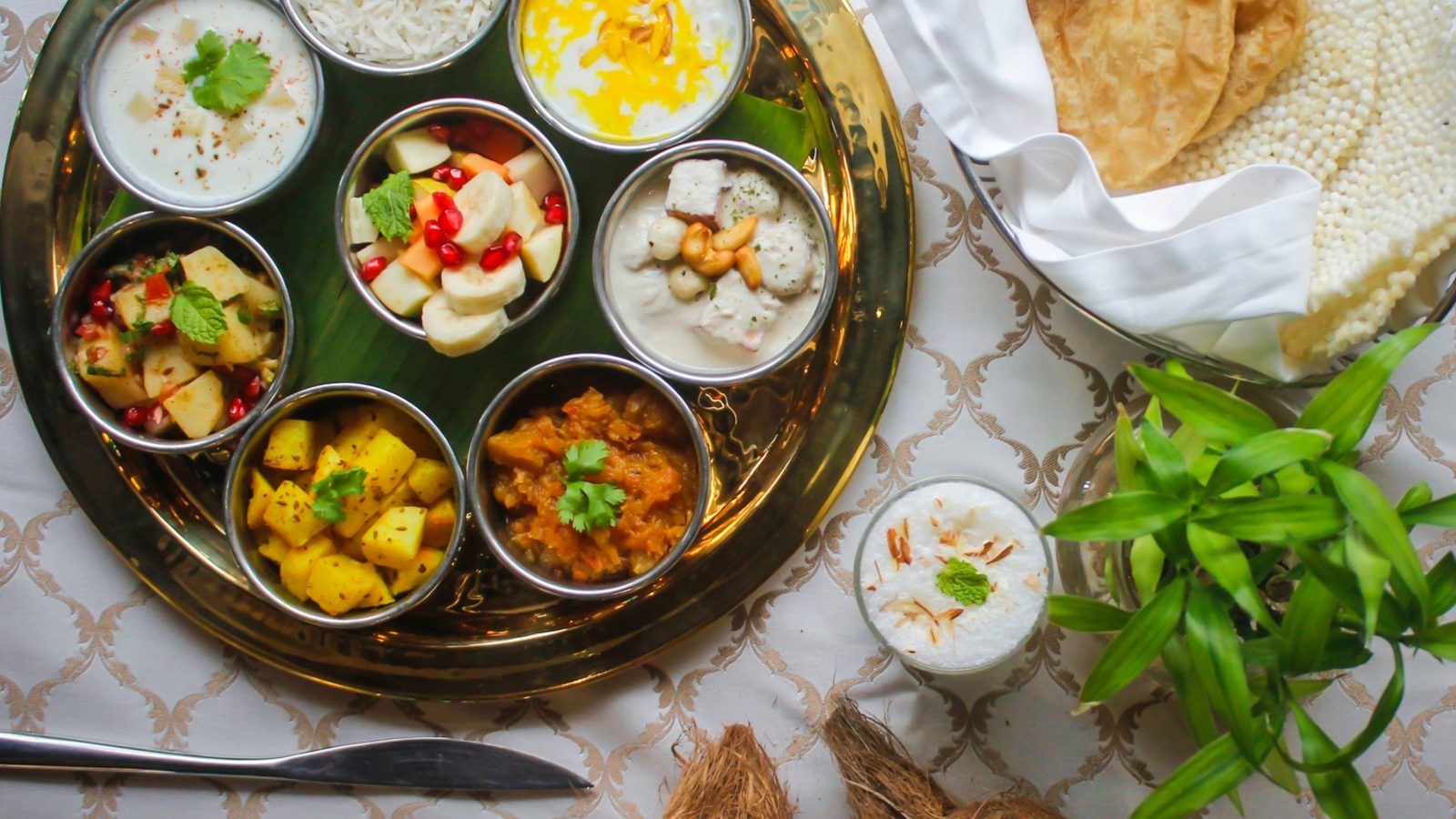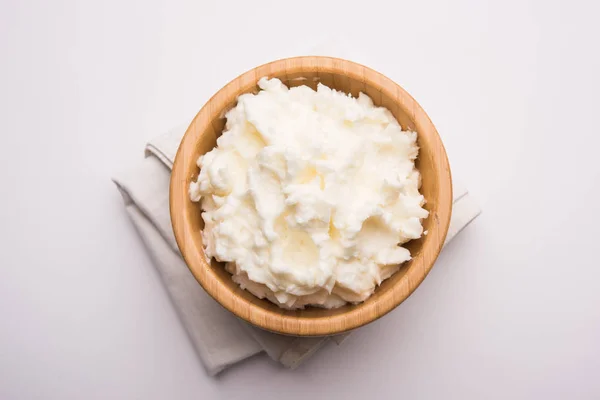
White butter, also known as makhan; holds a special significance during festival of Janmashtami. Janmashtami marks the birth of lord krishna. He was lovingly known as makhanchor (one who steals makhan) due to his irresistible love towards makhan and numerous stories of him and his friends stealing makhan from their neighbourhood. It is completely due to the joyish and fun-filled merrymaking that Janmashtami is celebrated till date with similar fun and fervour across the country. The festival includes hanging a handi (clay pot) on a height which is then broken-down by a troop of boys or girls by making human pyramids to steal makhan from the handi.
An extension to the celebration, today we would like to throw some light on the difference between different types of butter and which is the right one for kidney patients. It is important to state that this piece of information holds true for kidney patients from stage 1 to stage 5 as well as the ones on dialysis and/ or post- kidney transplant. These patients are at a higher risk of cardiovascular (heart) diseases and hence the diet should be heart friendly. Also, a large number of kidney patients have diabetes and/ or high blood pressure, both of which call for the need of a heart friendly diet. And as butter does not hold a place on the heart friendly menu card, it is wise to eat it in moderation even during celebration. So, lets start with comparison between white butter, yellow butter, peanut butter and clarified butter:

White butter (homemade makhan): White butter is made from animal milk, usually buffalo milk as it contains more fats needed to form cream. This cream is accumulated for about 12-15 days and stored in a refrigerator and then it is subjected to blending with chilled water which helps in removal of butter. This cream is a rich source of saturated fats which makes it harmful for health. In order to make it little less harmful for kidney patients, it is advisable to avoid buffalo milk and go for cow milk. The difference here is that lesser cream will be generated as compared to buffalo milk in terms of quantity. But the amount of saturated fats too will be lesser. Kidney patients can use this butter in moderation i.e. 1-1.5 tsp. The added advantage of this homemade makhan is that it does not need any added salt, hence it is a better option for kidney patients. The shelf life of this butter is low 1 – 2 days.

Yellow butter (factory-made makhan): This butter is usually processed butter and is made in food factories. It contains additional salt as a preservative along with other food additives. This butter is commercially also available in unsalted form; however, it does contain preservatives to make it last long plus it has added colour and sugar. The shelf life of unsalted butter is less than that of salted butter but owing to the additives, it is not advisable for regular use by kidney patients.

Peanut butter: It is usually factory-made however fitness enthusiasts do prefer it homemade. When peanut butter is commercially prepared it needs addition of vegetable oils for blending, which adds to the fats. Although peanut butter can be prepared at home without oil, the problem lies in the phosphorus content of peanuts as nuts are rich sources of phosphorus. Phosphorus may pose a threat to kidney patients especially the ones on dialysis. The added artificial flavours and additives make it more laden with inorganic phosphorus which is not advisable for kidney patients.

Clarified butter: Clarified butter is ghee which again can be prepared at home or commercially. Also, it has a good shelf life. As it is again prepared from white butter, it is safe. Although it does contain the saturated fatty acids due to which it should be preferred in moderation i.e. 1 – 1.5 tsp per day, but it also has some other advantages like presence of butyrate. This butyrate is a fatty acid plays an essential role in digestive health and is also known to have anti-inflammatory effects. Ghee is also suitable for patients with lactose intolerance as it has minimal or no lactose. However, owing to the higher level of saturated fats in ghee made up of buffalo milk, it is advisable to prefer ghee made up of cow milk for kidney patients. Needless to point that, ghee provides a good satiety (feeling of fullness) and should be given to patients needing extra calories.



